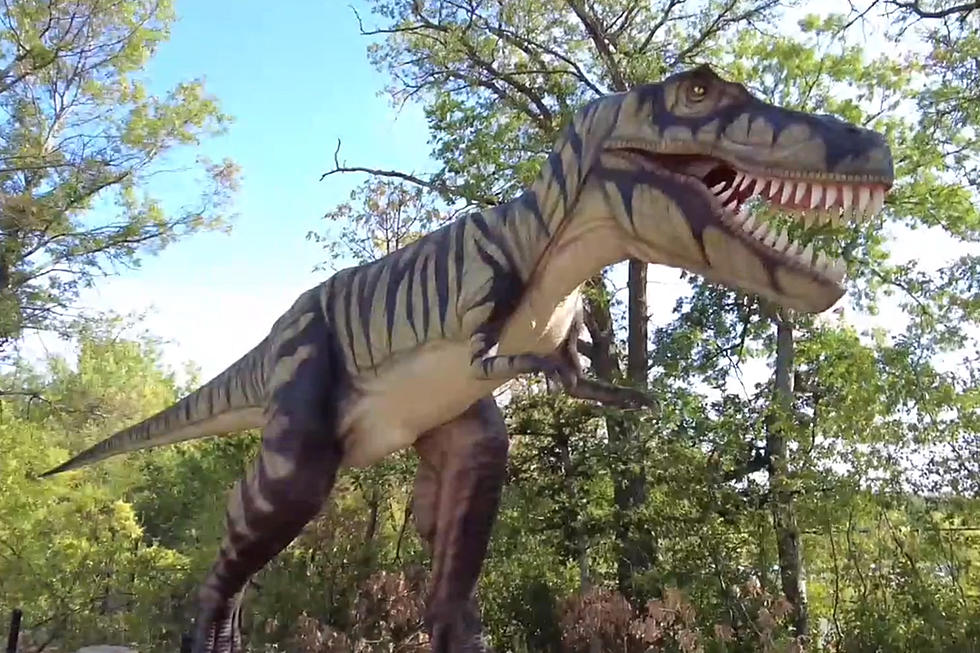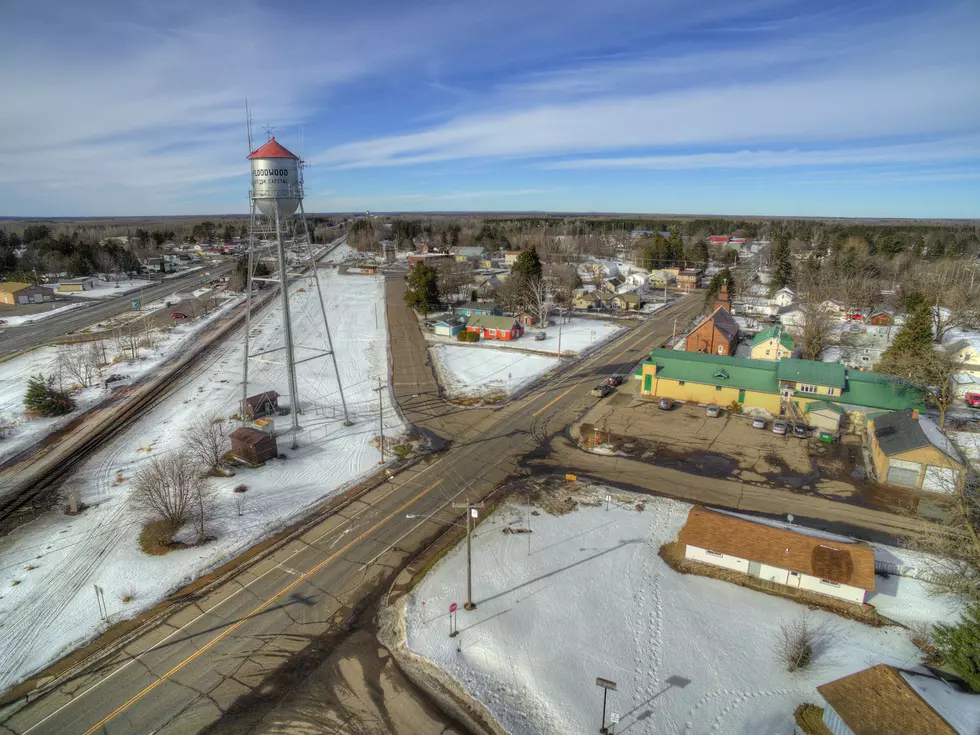
Fossilized Dinosaur Claw Found on Iron Range
Minnesota has notoriously lacked much significant evidence of dinosaur life ever being here, but a new discovery has scientists excited. The discovery of a fossil less than 2 inches long this summer now has scientists a step closer to learning more about the prehistoric creatures once roamed the land of 10,000 lakes.
MPR News is reporting a fossilized claw was found on August 17 at Hill Annex Mine over the summer, giving a clue to scientists as to what sort of creatures may have roamed Minnesota millions of years ago.
John Westgaard, volunteer project lead at the Science Museum of Minnesota, says the fossil is about 90 million years old; dating it back to the second half of the Cretaceous period. Researchers say the fossil appears to be from a carnivorous dinosaur (think velociraptor-like creature).
Only a small handful of remains have been found in Minnesota, and this discovery gives researchers another piece to the puzzle of what lived here during that period. The biggest problem researchers point out is that whatever did live here was not well preserved. Kristi Curry Rogers, a paleontologist at Macalester College, points out conditions in the area at the time weren't conducive to preserving fossils. She told MPR News "Dinosaurs that were living and dying in Minnesota were basically just getting washed away and eroded away before they got a chance to be preserved, so it's pretty hard to find dinosaurs here for that reason."
While the discovery is exciting to scientists, the ability to further research the area has some challenges. One challenge, as the Star Tribune reports, is that water levels in the research area are rising 4-7 feet every year. Estimates suggest that the area of interest to researchers may be fully under water by 2018.
Beside the research site being submerged by Mother Nature, there are also hopes to revive the mine. While Hill Annex Mine is currently a state park, the Star Tribune reports that it was written into the law that established the park that the mineral rights for the land could be reclaimed if the site could once again become profitable. If the mine, which produced over 60 million tons of ore, were to become active again, more earth that could contain fossils would be displaced.
In the interim, researchers are doing their best to study the area with a ticking clock imposed by those forces. It will be exciting to see what else they may unearth up on the range!
More From MIX 108









